The quest for air superiority has catalyzed innovation in fighter jet technologies since the early 20th century. As aerial warfare evolved from primitive biplanes to swept-wing jet fighters, each new generation of combat aircraft incorporated cutting-edge advancements to outmatch adversaries. We now stand at the cusp of a paradigm shift with the emergence of 6th generation fighter jets integrated with artificial intelligence (AI) for unmatched performance and lethality.
From Humble Beginnings to AI Supremacy
The rudimentary 1st generation fighters paved the way for monumental capabilities over the past century. The leading military powers are poised to field 6th gen jets in the 2030s, augmented by AI to execute missions considered implausible for human pilots.
AI algorithms can rapidly synthesize sensor data to construct a comprehensive battlefield picture. They direct optimal tactical decisions while excelling at tedious tasks, freeing up pilots to focus on high-level strategy. Advanced AI techniques like machine learning allow systems to continuously improve based on experience, adapting to dynamic combat environments.
As aerial warfare grows increasingly complex with standoff capabilities, swarm tactics, directed energy weapons, and electronic warfare, AI integration is vital for dominance. Intelligent algorithms can handle data-intensive processing and split-second reactions better than humans. They also enable optional unmanning, long-coveted for high-risk missions.
The US Nails Down AI-Centric Air Supremacy
The US remains at the frontier of air superiority with the secretive Next Generation Air Dominance (NGAD) program, set to produce an AI-capable 6th generation platform. Though specifics are classified, it likely features sensor fusion, decision aiding, health monitoring, and wingman drones controlled by the AI pilot. With ambient sensors and cockpit biometrics, the system can offload tedious tasks while gauging pilot cognition to simplify the human role.
The NGAD’s extensive networking can share its battlespace awareness with legacy jets. By coordinating assets the AI cannot directly control, it serves as an aerial mission commander. The US is also exploring AI wingmen dubbed Collaborative Combat Aircraft (CCA) to enhance NGAD capabilities. CCAs expand sensor coverage for tracking threats while providing remote missile and directed energy weapons magazines.
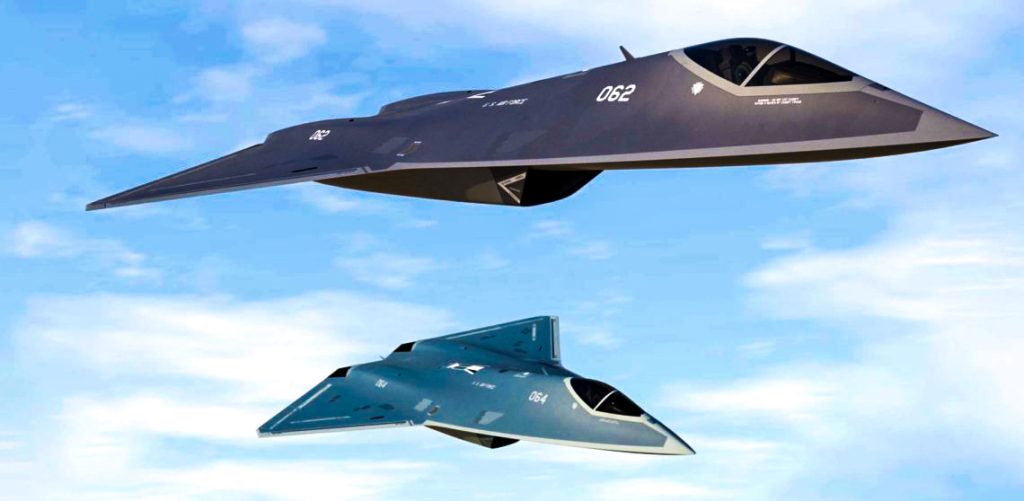
NGAD prototypes reportedly flew in 2020, demonstrating a deep commitment to the 2030 target. The maturation of US 6th gen programs highlights AI’s indivisible role in next-generation air dominance. Competitors are taking note, with some even pivoting to full automation.
Russia Banks on AI Autonomy
After initially struggling with manned or unmanned configurations for its 6th generation Mikoyan PAK DP interceptor, Russia has embraced full autonomy. While they lag US development timelines, Russian engineers aim to produce an AI superior to human cognition by eliminating the weaknesses of physical aircrews.
The PAK DP will carry sensors and countermeasures for independence along with AI systems for decision-making in cluttered electromagnetic environments. Machine learning techniques will train tactical models using simulated dogfights. By iterating countless battles, the AI can uncover optimal policies unconstrained by mortal limitations.
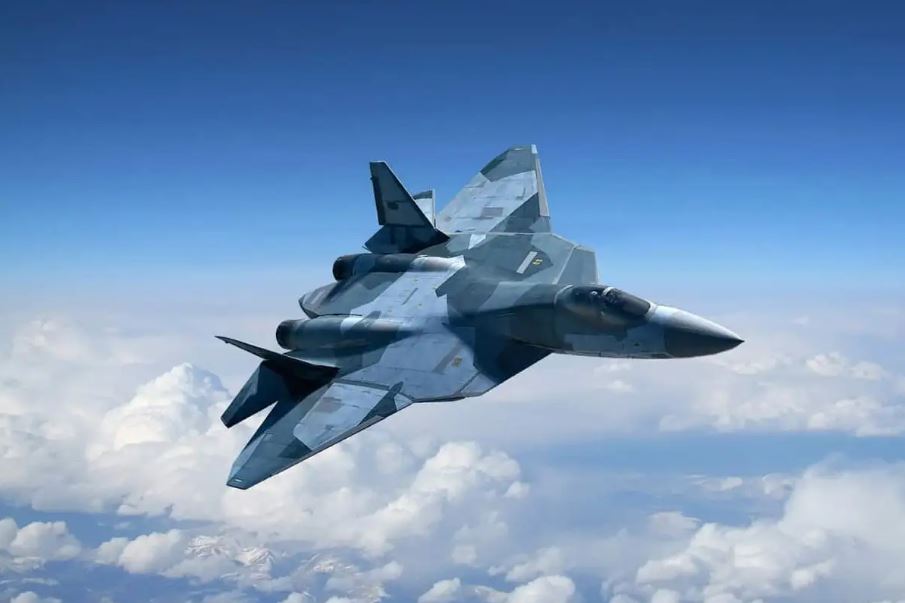
Russia also plans to arm the PAK DP with long-range hypersonic missiles it can launch autonomously. This demonstration of full lethal autonomy is an unprecedented paradigm in air warfare history. While Western fighters incorporate AI to bolster humans, Russia bets the house on AI itself.
China’s 6th Gen Quest for AI Dominance
China has announced a 6th generation fighter by 2035, likely integrating AI for processing sensor data and aiding threat responses. Their vision aligns with the “system of systems” concept powering US NGAD development, fusing information from diverse assets. This includes satellites, cyber resources, legacy aircraft, ground stations, drones, and even naval vessels.
With machine learning algorithms continuously upgrading tactics, China aims to eventually eclipse human capability. Their 6th generation plans also emphasize optional unmanning, with the AI system fully controlling missions when desired. Dedicated UCAV wingmen could deploy from the manned mothership as expendable weapons magazines and sensor nodes.
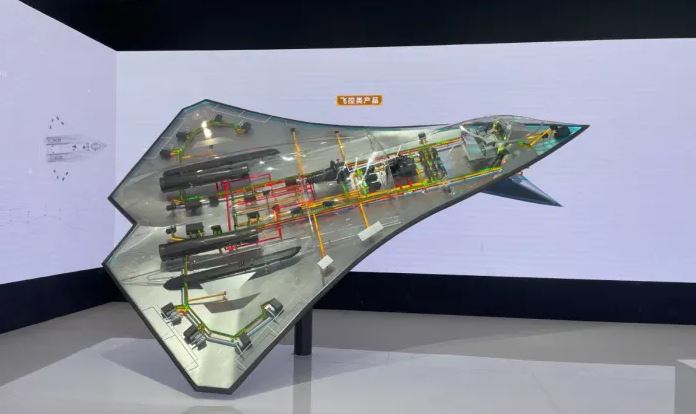
By ratcheting AI potential beyond mortal limits, China seeks to leverage 6th generation fighters for asymmetric advantage even against superior US airpower. Their incremental approach has shown respectable progress, poised to make rapid gains by replicating foreign breakthroughs.
Tempest to Pioneer AI-Controlled Wingmen
The UK’s trailblazing Tempest project envisions AI adoption to direct loyal unmanned wingmen into perilous situations, saving pilots for high-value tasks. Designed for optionally manned operations, Tempest will integrate biometric sensors to gauge pilot cognition and simplify human roles via augmented reality.
As the programme matures, Tempest aims to deploy AI control for missile defenses and some autonomous attack capabilities. By offloading dangerous mundane duties to algorithms, humans can focus on high-level strategy. This will be aided by Tempest’s interfacing with old and new air assets as an aerial quarterback.
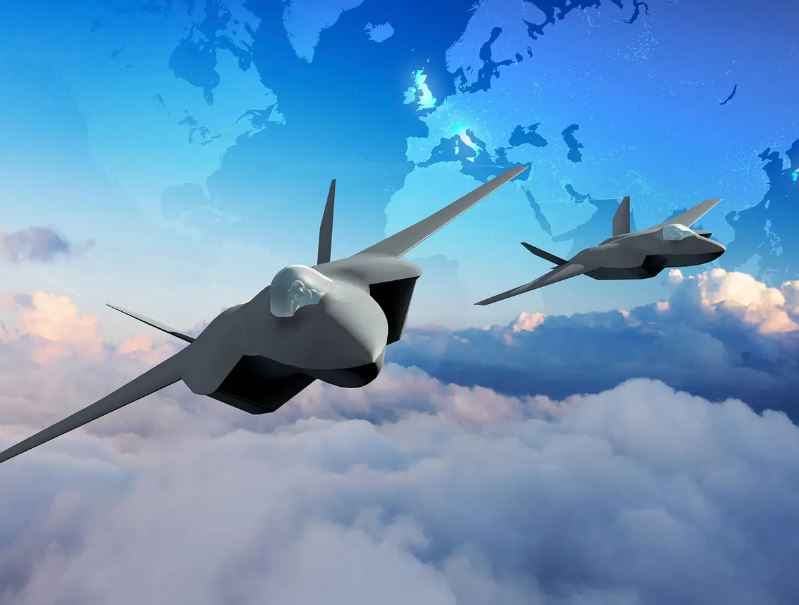
The UK has since partnered with Italy and Japan to combine the British Tempest and Japanese F-X programs under the Global Combat Air Programme. This tri-nation effort plans on leveraging emerging AI and advanced manufacturing techniques to deliver operationally-ready 6th generation platforms by the ambitious 2035 target.
European Turmoil Over AI Applications
The parallel Franco-German-Spanish Future Combat Air System (FCAS) has suffered setbacks over conflicting AI visions. France insists on full human control for weapons release while Germany favors AI autonomy. As debates stall progress, BAE Systems is trying to court FCAS participants to possibly defect to the Tempest program.
Unless consensus is reached, Europe risks ceding precedence to Turkish and rival initiatives more aligned on AI assimilation. As it stands, complex vetoes and hesitancy around unmanned wingmen capabilities may hinder European attempts at fielding competitive 6th generation assets.

Turkey’s Bold AI Integration Into Manned-Unmanned Teaming
Turkey hasavan ambitious timeline to fly its first indigenous 5th generation jet, the Kizilelma, last year. Concurrently, they have commenced conceptual work on a 6th generation successor leveraging AI.
Their next-generation aircraft is expected to feature human-AI teaming with unmanned wingmen drones. By offloading the AI to fly drones into high-risk scenarios, Turkey plans to protect its pilots in stand-off aerial engagements. The manned mothership retains situational awareness from the wingmen’s sensors, while offering direction and consolidated firepower.

This formula has already seen success with Turkey’s famed AI-aided Bayraktar TB-2 attack drones. By replicating the approach with their 6th generation program, Turkeyeyes a proven force multiplier for beyond-visual aerial engagements.
India Wavers Between AI Investment and Technical Pragmatism
While India has officially acknowledged interest in 6th generation technologies including AI and optional unmanning, their overdue 5th generation programs raise doubts. Plagued by delays and technical troubles, even India’s 5th generation Advanced Medium Combat Aircraft (AMCA) prototype remains elusive.
With little progress on basic flight control systems, radar, and stealth shaping, India may lack the capacity to integrate specialized AI algorithms. Their hesitant doctrinal stance around autonomous weapons also hinders progress. While intent exists to eventually field AI-enabled unmanned wingmen, India’s 6th generation aspirations may not be backed by adequate materiel foundations.
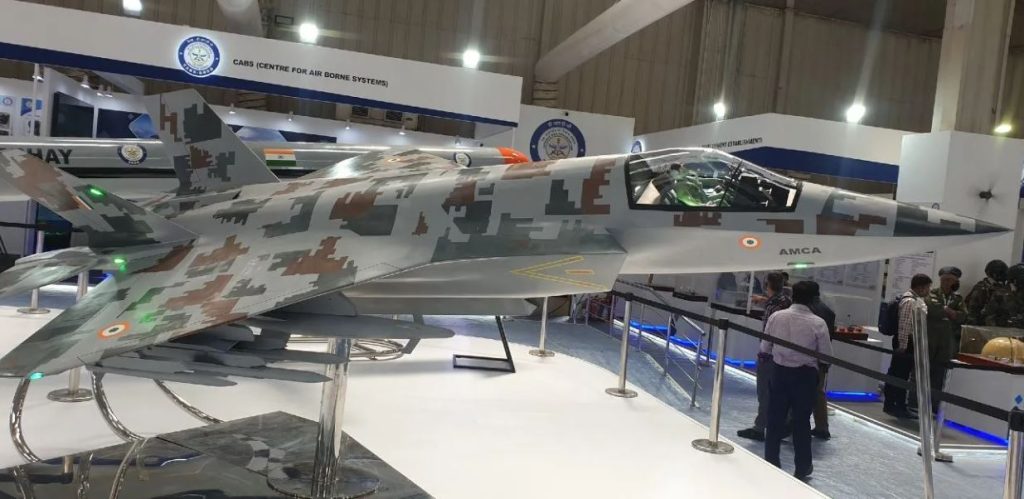
The Beckoning Promise of Next-Generation Aerial Warfare
With extensive sixth-generation aerial superiority project developments underway, artificial intelligence predominates in the future strategic visions of the United States, Britain, Turkey, China, Japan and Russia. Architectures encompassing intelligent human-machine teaming, immersive augmented reality neural interfaces, autonomous drone wingmen cohorts, and optionally manned next-generation fighter configurations seem poised to dramatically redefine twenty-first century combat through synergistic fusion of human and algorithmic capability undertakings.
As military applications of artificial intelligence intensify in ongoing research, projected 2030s integration timeframes seem increasingly likely to eclipse purely human performance limitations by entire orders of magnitude. While undeniable risks exist on misapplications of autonomous lethal technology, for major powers the enticing tactical benefits may come to be seen as eclipsing societal moral apprehensions in the harsh unforgiving crucible of high-technology warfare.
Thus whichever pioneering country dominates cross-domain military artificial intelligence ascendancy seems likely to thereby also rule the contested skies in the forthcoming epoch. The bitter poisonous seeds of intensifying global conflicts now underway could therefore, by the profound irony of history, potentially germinate technological leaps for civilian advancement in parallel. There may arise phoenix-like from today’s geopolitical ashes, the foundations for an elevated new epoch of global consciousness no longer burdened by former prejudices.
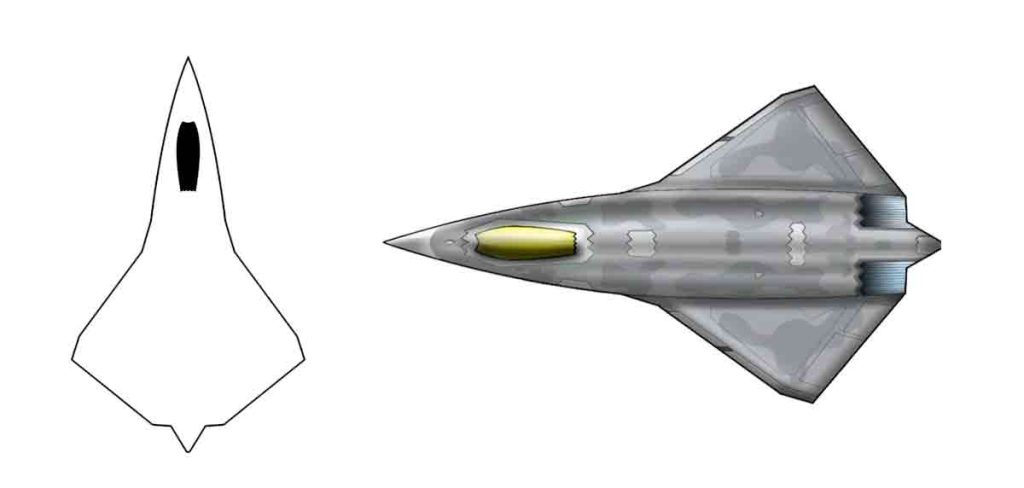
By 2040, the world seems set to witness unmanned fighter aircraft battles between ruthlessly optimized machine learning algorithms directing hypersonic cruise missile salvos. This defense trend marks the capstone of over a hundred years of aerial warfare doctrinal evolution. The unfolding great game of nations now underway looks to shape whether unrestrained integration of artificial intelligence acts to imperil global stability, or alternatively catalyzes a new equilibrium of power ultimately deterring hegemonic temptations. Regardless, the intensifying contemporary algorithmic arms race signals an epochal military reckoning whose momentous repercussions seem destined to reverberate for generations yet unborn.
Copyright©dhaka.ai
tags: Artificial Intelligence, Ai, Dhaka Ai, Fighter Jets, Ai In Bangladesh, Ai In Dhaka, USA



